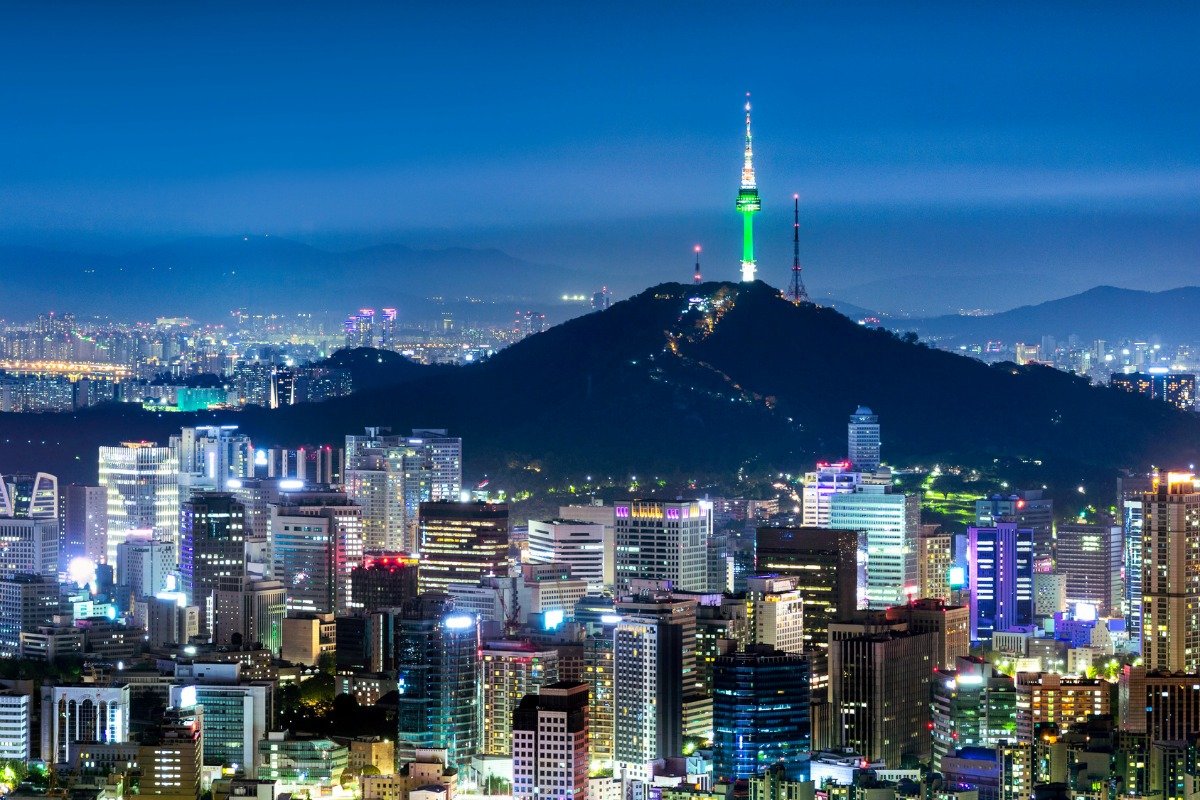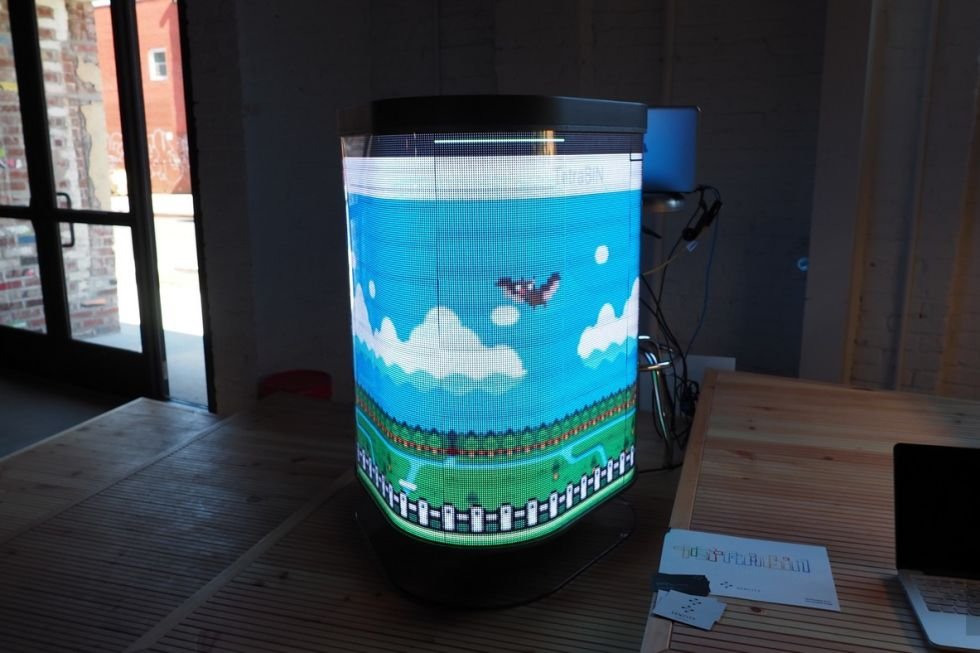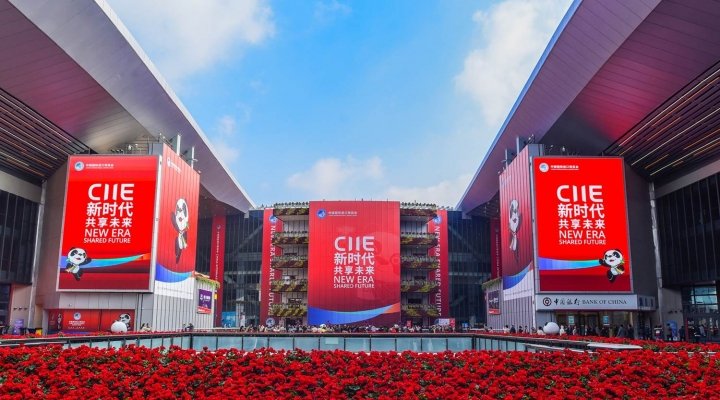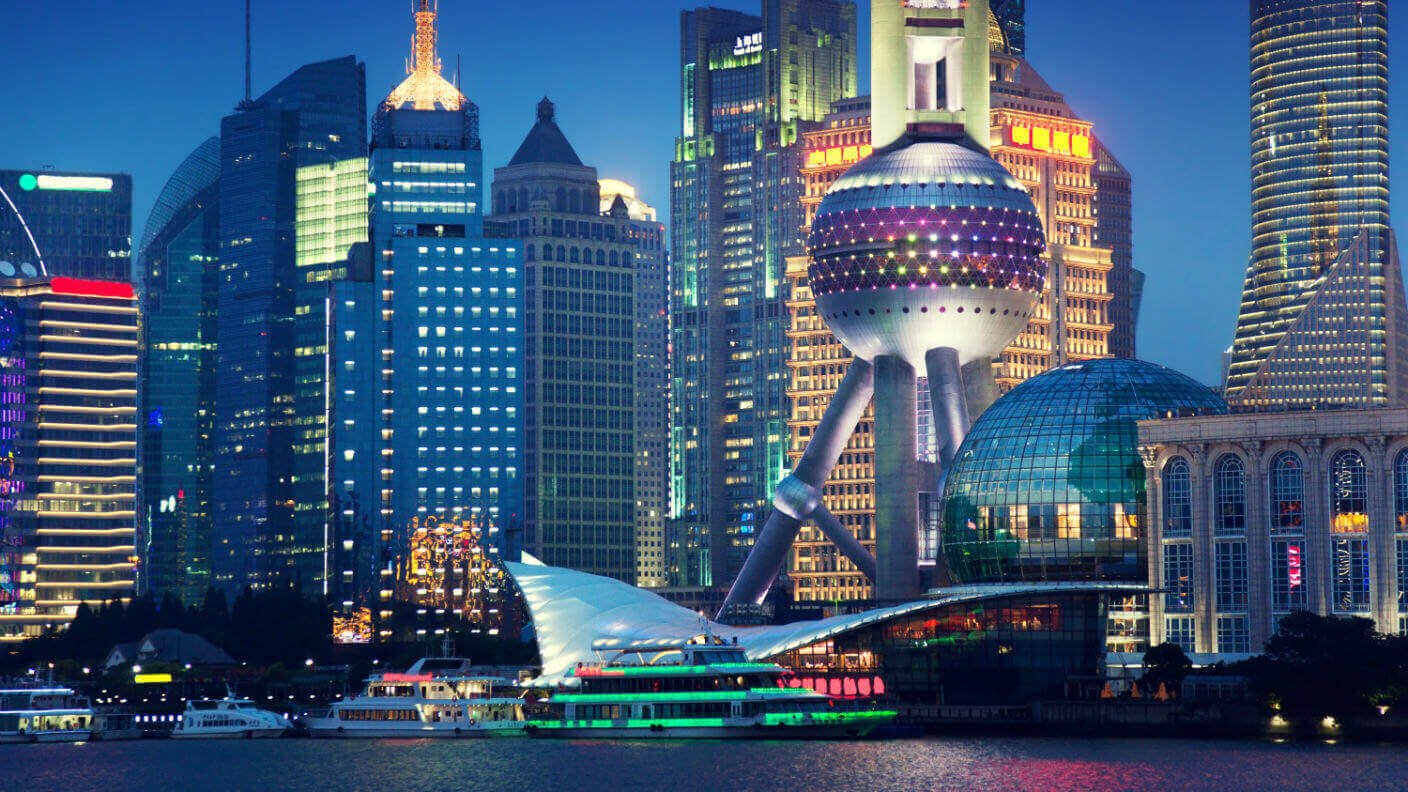© 2000-2023 - Enkey Magazine - All rights reserved
ENKEY SNC - VAT ID IT03202450924 / REA Code CA253701 - Phone. 078162719
Smart cities are spreading all over the world, projecting their inhabitants toward the future. And it’s China that holds the record for the greatest number of fancy, hi-tech, futuristic towns all throughout its surface.
Yet it’s interreresting to notice how not just large towns but smaller settlements as well were willing (and able) to fully go smart.
China has thoroughly embraced technology in a way that could set the example for many others countries all over the world. Starting with Italy, which unsurprisingly expressed a strong interest toward embracing a shared path.
The goal is the development of a synergy where Italian know-how and resources can be put to better use alongside with the Chinese potential and technologies.
Smart cities and their supremacy in China
We’ve seen how China holds the record for the greatest number of smart cities projects.
Technology really becomes part of everyday life. Like in Yinchuan where road traffick is patrolled live with smart devices not altogether too different from our QR codes.

A fully hi-tech life is definitely possible. Regardless of age gaps and geographic infrastructural hinderances. Which may appear unsormountable to our eyes – but weren’t enough to halt the technological progress in China.
With futuristic results that are under everyone’s eyes.
China may count up to 500 smart cities projects – half the overall global amount.
Green technology, smart cities are also eco-friendly
Technology must not entail the careless exploitation of natural resources. Once more, China helped pave a way for other countries to follow.
Chinese smart cities are at one time hyper-technological and eco-friendly.
A tricky juxtaposition showing just how it’s feasible for hi-tech and green to meet.

Smart cities trash bins, with their sophisticated inner circuitry, are a glorious example. When a bin is full a warning message is instantly sent to the nearest garbage truck. Trash emergencies are thus arginated before they can occur, even during festive days or holidays.
China is planning to build at least 300 new “green” smart cities in the upcoming future. State of the art settlements where technology and ecology may go hand in hand.
It’s a first step toward that urban clean up record whom Minister Chen Jining promised way back in 2016, during an interview with “Wall Street Journal”.
Italy and China march toward future
Italy has henceforth set out on a two-way partnership with China.
The ultimate goal is to integrate our know-how and skills with highly advanced urban technology
Italy ought to foollow the example of chinese smart cities. Thus achieving an ethical, sustainable and productive long-term development.

Such were the subjects touched upon in the “Smart Cities and Digital Transformation Dialogue” congress held by Link Campus University and ChinaEU.
According to president Luigi Gambardella, the creation of new smart cities would bring about a highly proficient partnership between the two countries.
Shangai e Beijing are the “smartest” cities
Where are the highlights of Chinese urban technology located exactly, you may ask?
Shanghai was of course a pioneer.
In the early days of 2018 already a third of its inhabitants were using the Citizen Cloud; a digital platform and app combo overseeing about 100 government services for citizen.

Security cameras all over the town allowed companies to get real time access to traffic monitoring.
Also parking lots are equipped with a chip that warns drivers right on their mobile phone whenever a nearby lot becomes available.
Beijing on the other end is where last generation financial transactions are at.
Farewell, cash; Beijing‘s inhabiants pay each of their purchases on their mobile phones.
Public transports payments are also totally automated thanks to Huawei; you only need to tap your smartphone in order to travel on bus and trains.
Subways too are embracing this mobile payment method; tickets are more and more often replaced by a swipe.
This post is also available in:
![]() Italiano
Italiano
